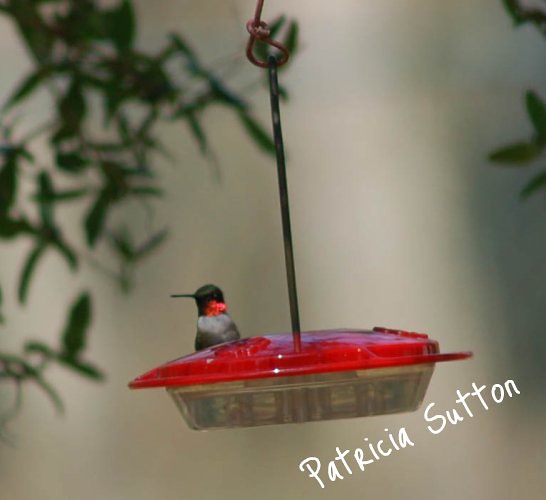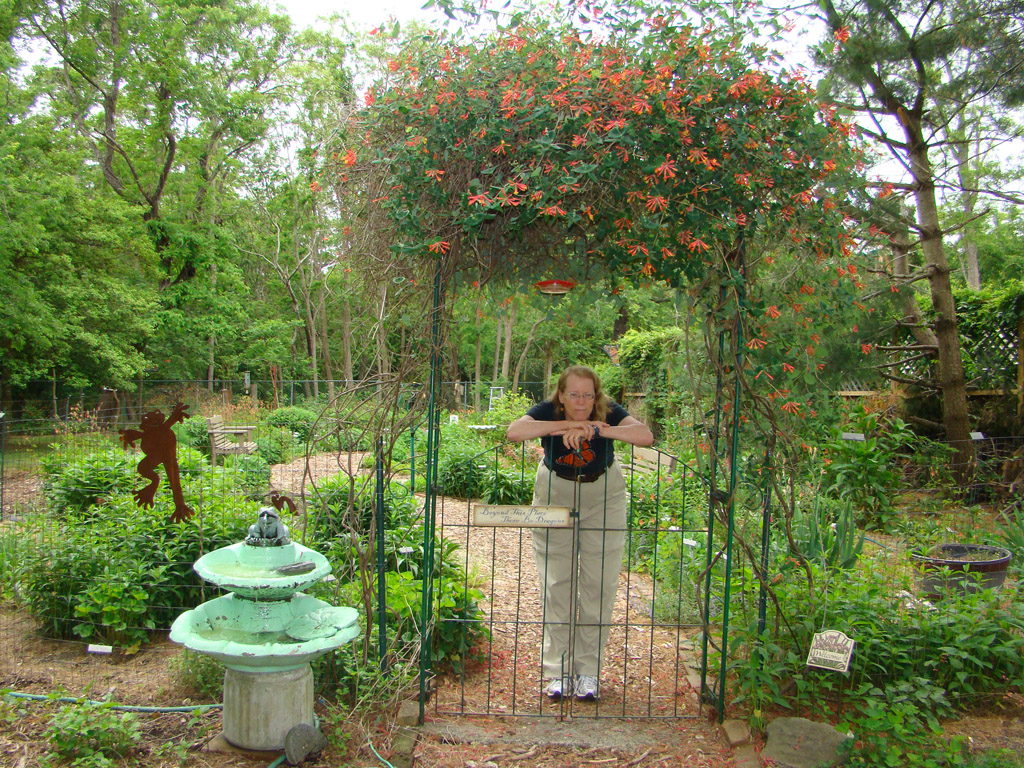Join me if you can for these fun and information-filled workshop! Or help by spreading the word & letting potential wildlife gardeners know of this series of 3 workshops in the “Gardening for Wildlife” series that will be offered through the Nature Center of Cape May.
Share with family, friends, & coworkers!!! The more the merrier. Plus, the more wildlife habitats around us, the more wildlife we’ll see, as we all know! So, by all means, pass this along to others!!!! November 7, 14, and December 5 — all Saturdays — 10 am to 3 pm
GARDENING FOR WILDLIFE WORKSHOPS with Pat Sutton
Saturday, November 7: “How to Create a Backyard Habitat for Wildlife”
Saturday, November 14: “How to Create a Butterfly & Hummingbird Garden”
Saturday, December 5: “How to Create a Wildflower Meadow & Wildlife Pond”
10:00 a.m. to 3:00 p.m.
Join Pat Sutton for this series of three full-day, property-owner workshops on how to enhance your backyard landscaping for wildlife. The workshops will be held at NJ Audubon’s Nature Center of Cape May at 1600 Delaware Ave., Cape May, NJ 08204; (609)898-8848;
Native plants and wildlife-friendly practices are the key. Come learn how to plan your own backyard, no matter how small, to attract showy hummingbirds, butterflies, nesting birds such a bluebirds, wintering birds, and so much more! Valuable handouts will include Pat’s list of native trees, shrubs, and vines most utilized by wildlife and a list of primary book and internet resources. These workshops have been scheduled for early winter, the perfect time to begin planning next year’s gardens, order plants and seeds, and dream of gardens to come. The first workshop is the backbone to the series (try not to miss it) and will supply a good foundation for the following sessions. Each will include a question-and-answer session and a visit to a nearby backyard habitat. During a working lunch, participants will have the opportunity to discuss their own gardens. Before the workshops, download, print, and bring NJ Audubon’s articles “How to Create a Butterfly and Hummingbird Garden,” and the “Recommended Plantings to Attract Hummingbirds, Butterflies, and Moths,” by workshop instructor Pat Sutton. Available at:
Limit: 30 participants; preregistration is required. To preregister and hold your space, send payment & which workshop(s) you wish to attend to the NCCM (1600 Delaware Avenue, Cape May, NJ 08204; (609) 898-8848.
Cost/workshop: $20 member of NJ Audubon Society, $30 nonmember (includes handouts).
Because the final workshop is so unique, I’ve shared some additional information about it below:
HOW TO CREATE A WILDFLOWER MEADOW & WILDLIFE POND with Pat Sutton Saturday, December 5 10:00 a.m. to 3:00 p.m.
Join Pat Sutton at the Nature Center of Cape May (1600 Delaware Avenue, Cape May, NJ) for this property-owner workshop on how to enhance your backyard landscaping for wildlife by creating a wildflower meadow and a wildlife pond. Many areas have lost their meadows to subdivisions and corporate headquarters landscaped with acres and acres of sod lawn — a monoculture, a green desert for wildlife, offering NO cover, NO food (nectar, seeds, etc.), and NO beauty (blooming wildflowers and lovely native grasses).
Clouds of butterflies and nesting bluebirds can still be found where meadows abound. If you (or your corporate headquarters) have more lawn than you need and mowing gobbles up precious time and expensive gas, consider turning some of this lawn into a wildflower meadow. Even a small meadow will make a big difference to wildlife.
A meadow can be simple to create and Sutton will share the basics. Learn how to convert lawn to meadow, how to maintain your meadow in a simple fashion over time, and how to make it attractive to neighbors and visitors.
While you’re at it, consider adding a pond to your wildlife habitat. Frogs, toads, and dragonflies all need freshwater ponds for egg laying to create future generations. Even a tiny pond will attract them. Learn what a true wildlife pond is and how simple it is to create — NO fish, NO need for running water, filters, and all the fuss.
Sutton will share the basics of how to create a wildlife pond and, even more importantly, how to maintain it so that wildlife benefits. Learn which native plants to add to the pond (and which problem plants to avoid), and don’t be surprised if Sutton offers to share native plants from her very own ponds.
Don’t make the same mistake that others have made by creating a “fish pond” or an outdoor bathtub. In a true wildlife pond expect to attract and get to watch the amazing life cycle of huge Green Darner dragonflies or count a growing population of Leopard Frogs and Green Frogs that found your pond as if by magic. Watch butterflies and hummingbirds nectaring on Pickerelweed flowers in your pond. Create it and they will come!
This workshop will visit to a nearby backyard habitat and, during a working lunch, participants will have the opportunity to discuss their own property. Participation is limited to thirty; preregistration is highly recommended.
Cost: $20 member of NJ Audubon Society, $30 nonmember (includes handouts).
Call NCCM to register at 609-898-8848.

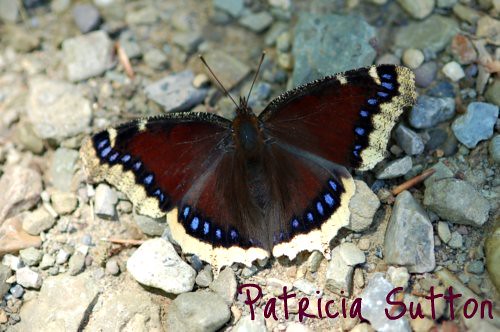 Manage your wildlife habitat for the survival of the wildlife you’ve attracted. Mourning Cloaks need leaf litter, brush piles, and hollow trees for their survival. Learn more about these ethereal butterflies by reading my latest post on Native Plants and Wildlife Gardens.
Manage your wildlife habitat for the survival of the wildlife you’ve attracted. Mourning Cloaks need leaf litter, brush piles, and hollow trees for their survival. Learn more about these ethereal butterflies by reading my latest post on Native Plants and Wildlife Gardens.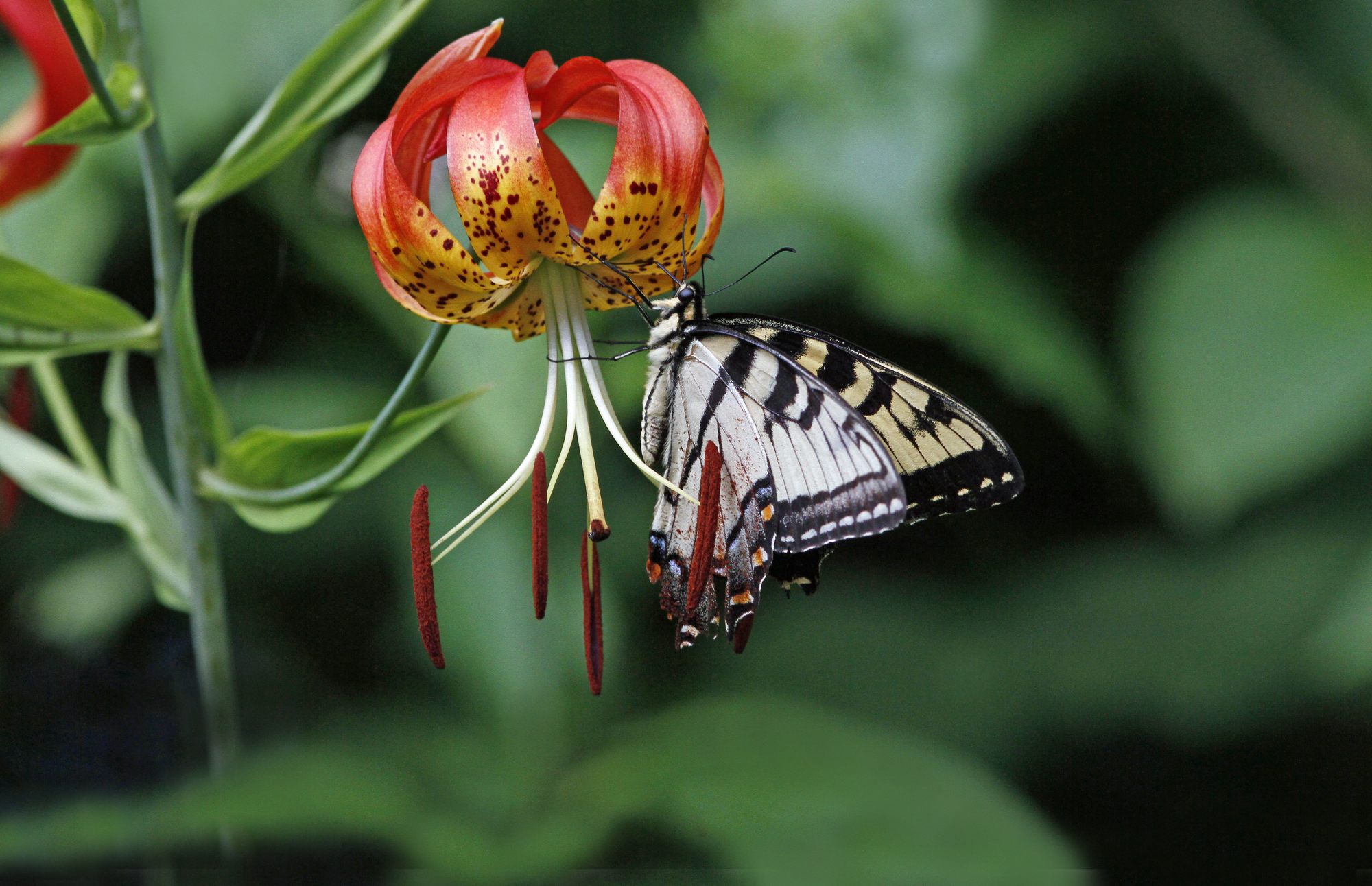
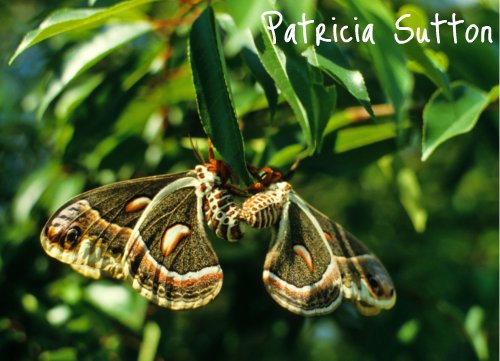
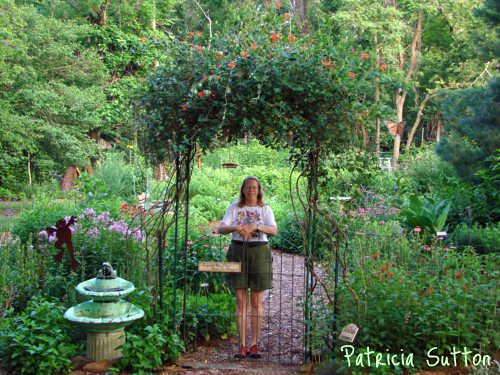 Hi Gang,
Hi Gang,